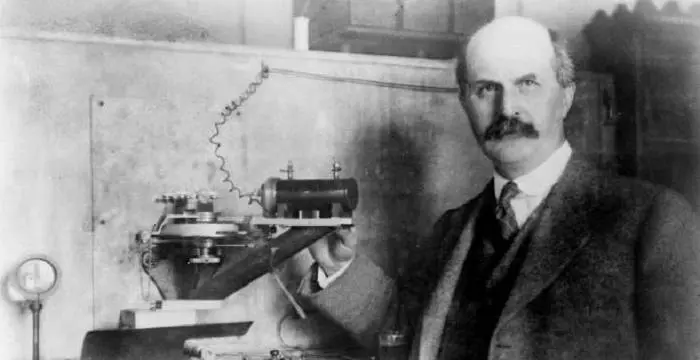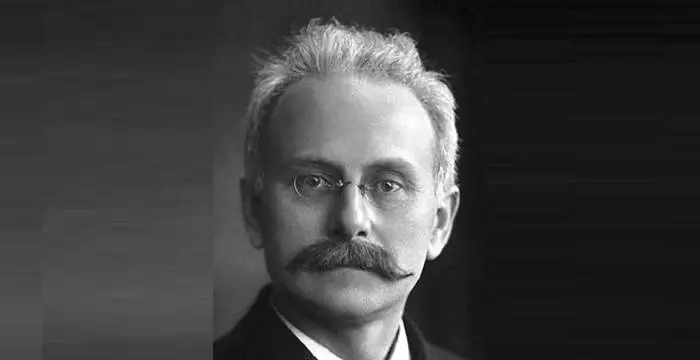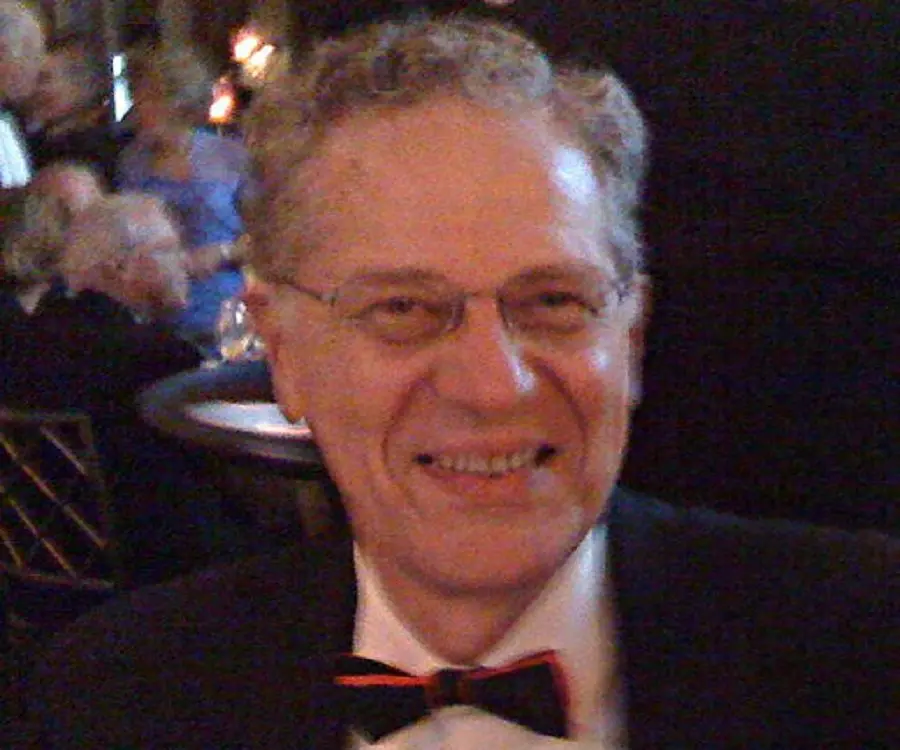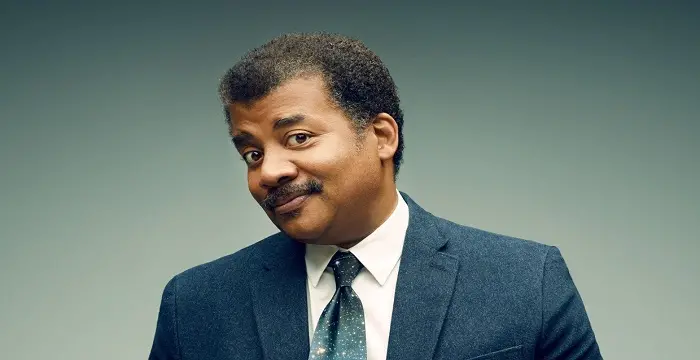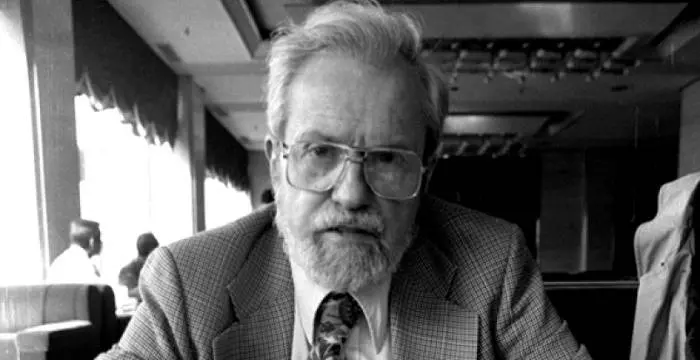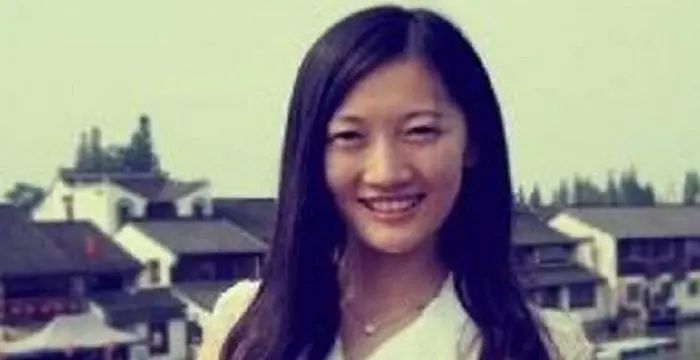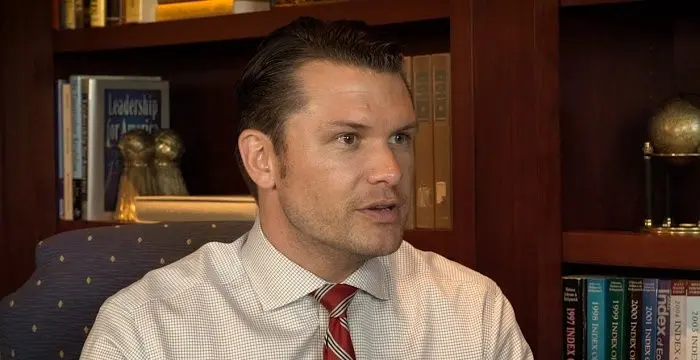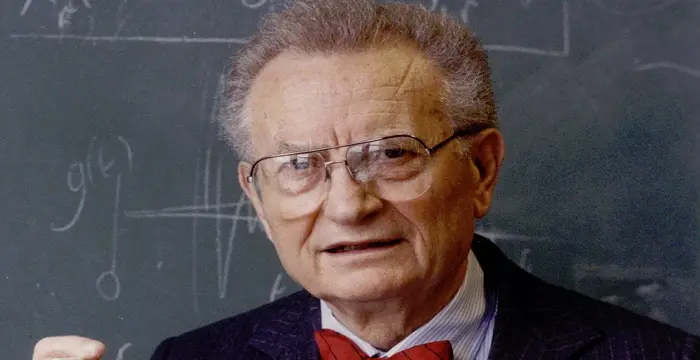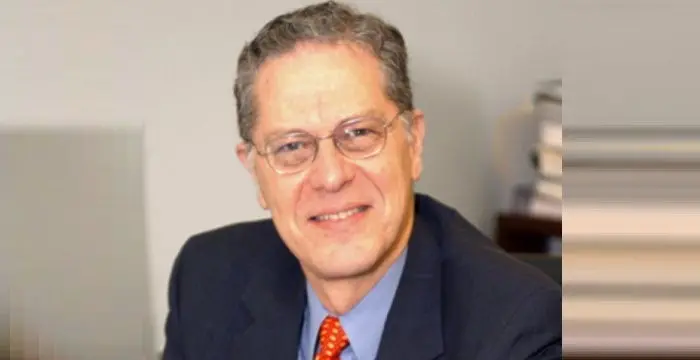
Joseph Hooton Taylor Jr. - Nobel Prize Winner in Physics, Life Achievements and Childhood
Joseph Hooton Taylor Jr.'s Personal Details
Joseph Hooton Taylor Jr
| Information | Detail |
|---|---|
| Birthday | March 29, 1941 |
| Nationality | American |
| Famous | Harvard University, Scientists, Astrophysicists, Nobel Prize Winner in Physics |
| Known as | Joseph H. Taylor Jr. |
| Universities |
|
| Notable Alumnis |
|
| Birth Place | Philadelphia |
| Religion | Quakers |
| Gender | Male |
| Sun Sign | Aries |
| Born in | Philadelphia |
| Famous as | Nobel Prize Winner in Physics |
// Famous Nobel Prize Winner in Physics
William Henry Bragg
Sir William Henry Bragg was a British scientist who shared the 1915 Nobel Prize in Physics with his son, William Lawrence Bragg. Check out this biography to know about his childhood, life, achievements, works & timeline.
Johannes Stark
Johannes Stark was a German scientist who won the 1919 Nobel Prize in Physics for his discovery of the Stark Effect. Check out this biography to know about his childhood, life, achievements, works & timeline.
Joseph Hooton Taylor Jr.'s photo
Who is Joseph Hooton Taylor Jr.?
Joseph Hooton Taylor Jr. is an American astrophysicist who shared the Nobel Prize in Physics in 1993 for discovering a new type of pulsar that opened up new possibilities for the study of gravitation. He was born in a family, who were Quakers by descent and his parents managed their own farm in Cinnaminson in New Jersey. He studied at the Moorestown Friends School and then at Haverford College, both were Quaker institutions. At school and in college, he showed a remarkable grasp of mathematics. He earned his doctorate in astronomy from Harvard University and started off as a teacher at the University of Massachusetts. He collaborated with his student Russell A. Hulse to discover the first pulsar in binary system and also proved the presence of gravitational waves a few years later in another paper. After quitting the University of Massachusetts, he became a professor of physics at Princeton University and during his 25 year career at the university; he was made the James S. McDonnell professor of physics and also served as the dean of the physics department for a period.
// Famous Astrophysicists
Neil deGrasse Tyson
Neil deGrasse Tyson is an eminent astrophysicist and a popular science communicator. This biography of Neil deGrasse Tyson provides detailed information about his childhood, life, achievements, works & timeline.
Carl Sagan
Carl Sagan was an American astronomer, astrophysicist, cosmology expert and author. This biography profiles his childhood, family life, facts, career, achievements and timeline.
J. Allen Hynek
Josef Allen Hynek was an American astronomer and ufologist. This biography of Josef Allen Hynek provides detailed information about his childhood, life, achievements, works & timeline.
Childhood & Early Life
Joseph H. Taylor Jr. was born on 29 March 1941, in Philadelphia, to Joseph Hooton Taylor Senior and Sylvia Evans Taylor. The family, which had Quaker origins, operated a farm of their own. He had five other siblings.
When Joseph was seven years old, the Taylor family shifted their base to Cinnaminson in New Jersey. He studied at the Moorestown Friends School located in the Moorestown Township in New Jersey. During his time in school, he showed a particular gift for mathematics.
After graduating from high school, he studied at Haverford College in Haverford, Pennsylvania and was awarded his bachelors’ degree in the year 1963. Subsequently he attended Harvard University, where he studied applied mathematics, physics and astronomy and in 1968, he completed his doctorate in astronomy.
Career
Following his Ph.D., he worked at Harvard University for some time in the capacity of a researcher. In 1969, he joined the University of Massachusetts and during his 12 year stint there, he became Professor of Astronomy and Associate Director Five College Radio Astronomy Observatory.
Following the discovery of the first radio pulsars in Cambridge, United Kingdom, he started working on the discovery of pulsars as well. He used the telescopes available at the National Radio Astronomy Observatory to make his first discovery of pulsars. In 1974, Joseph H. Taylor and his student, Russell A. Hulse, discovered the first pulsar in a binary system, named PSR B1913+16
He continued to conduct research on binary pulsars in collaboration with Russell A. Hulse and in 1978; the duo published a paper in relation to the binary pulsar PSR B1913 + 16 that experimentally proved the presence of gravitational waves. Albert Einstein had theorised on gravitational waves in his famous Theory of Relativity but Taylor and Hulse were successful in proving its existence.
In 1981, he quit his position at the University of Massachusetts and joined Princeton University in the capacity of a professor of physics. Five years later, he was made the James S. McDonnell Distinguished University Professor in Physics at the same university. He also served as Dean of Faculty for six years and retired in 2006.
Other than research in physics, he was also involved in amateur radio weak signal communication research and has been a holder of multiple call signs in his career. He was also involved in creating new computer programmes and protocols related to communication technology.
Major Works
He along with his student Russell Alan Hulse discovered the first pulsar in binary system, namely, PSR B1913 + 16 and his subsequent research proved the existence of gravitational waves. He shared the Nobel Prize in Physics for the same in 1993.
Awards & Achievements
He was honored with Dannie Heineman Prize for Astrophysics in 1980.
He won the Henry Draper Medal in 1985.
In 1990, he won the Magellanic Premium and the following year he was awarded the John J. Carty Award.
In 1992, he won the Wolf Prize in Physics.
He shared the 1993 Nobel Prize in Physics in 1993 with Russell A. Hulse for discovering a new type of pulsar that opened up new possibilities for the study of gravitation.
Personal Life & Legacy
He married Marietta Bisson Taylor in 1976. The couple has three children.
// Famous Scientists
Juliane Koepcke
Juliane Koepcke is a German-Peruvian biologist, who was the lone survivor among the 92 passengers and crew of the ill-fated LANSA Flight 508 that crashed in the Peruvian rainforest on 24 December 1971. Know more about her life in this biography.
Henry Cavendish
Henry Cavendish was a theoretical chemist and physicist, renowned for discovery of hydrogen and calculation of the mass of earth. To know more about his childhood, profile, timeline and career read on
Konstantin Tsiolkovsky
Konstantin Tsiolkovsky was a Russian rocket scientist and a pioneer of astronautics. This biography provides detailed information about his childhood, family, personal life, career, achievements, etc.
Joseph Hooton Taylor Jr.'s awards
| Year | Name | Award |
|---|---|---|
Other | ||
| 1991 | Albert Einstein Medal | |
| 1985 | Henry Draper Medal | |
| 1980 | Dannie Heineman Prize for Astrophysics | |
| 1991 | John J. Carty Award for the Advancement of Science | |
| 0 | 1993 - Nobel Prize in Physics | |
| 0 | 1992 - Wolf Prize in Physics | |
| 0 | 1981 - MacArthur Fellowship - Astronomy | |
Joseph Hooton Taylor Jr. biography timelines
- // 1913 To 1974Following the discovery of the first radio pulsars in Cambridge, United Kingdom, he started working on the discovery of pulsars as well. He used the telescopes available at the National Radio Astronomy Observatory to make his first discovery of pulsars. In 1974, Joseph H. Taylor and his student, Russell A. Hulse, discovered the first pulsar in a binary system, named PSR B1913+16
- // 1913 To 1978He continued to conduct research on binary pulsars in collaboration with Russell A. Hulse and in 1978; the duo published a paper in relation to the binary pulsar PSR B1913 + 16 that experimentally proved the presence of gravitational waves. Albert Einstein had theorised on gravitational waves in his famous Theory of Relativity but Taylor and Hulse were successful in proving its existence.
- // 1913 To 1993He along with his student Russell Alan Hulse discovered the first pulsar in binary system, namely, PSR B1913 + 16 and his subsequent research proved the existence of gravitational waves. He shared the Nobel Prize in Physics for the same in 1993.
- // 29th Mar 1941Joseph H. Taylor Jr. was born on 29 March 1941, in Philadelphia, to Joseph Hooton Taylor Senior and Sylvia Evans Taylor. The family, which had Quaker origins, operated a farm of their own. He had five other siblings.
- // 1963 To 1968After graduating from high school, he studied at Haverford College in Haverford, Pennsylvania and was awarded his bachelors’ degree in the year 1963. Subsequently he attended Harvard University, where he studied applied mathematics, physics and astronomy and in 1968, he completed his doctorate in astronomy.
- // 1969Following his Ph.D., he worked at Harvard University for some time in the capacity of a researcher. In 1969, he joined the University of Massachusetts and during his 12 year stint there, he became Professor of Astronomy and Associate Director Five College Radio Astronomy Observatory.
- // 1976He married Marietta Bisson Taylor in 1976. The couple has three children.
- // 1980He was honored with Dannie Heineman Prize for Astrophysics in 1980.
- // 1981 To 2006In 1981, he quit his position at the University of Massachusetts and joined Princeton University in the capacity of a professor of physics. Five years later, he was made the James S. McDonnell Distinguished University Professor in Physics at the same university. He also served as Dean of Faculty for six years and retired in 2006.
- // 1985He won the Henry Draper Medal in 1985.
- // 1990In 1990, he won the Magellanic Premium and the following year he was awarded the John J. Carty Award.
- // 1992In 1992, he won the Wolf Prize in Physics.
- // 1993He shared the 1993 Nobel Prize in Physics in 1993 with Russell A. Hulse for discovering a new type of pulsar that opened up new possibilities for the study of gravitation.
// Famous Harvard University
Bertil Gotthard Ohlin
Bertil Gotthard Ohlin was a famous Swedish economist. This biography profiles his childhood, family life & achievements.
Xi Mingze
Xi Mingze is the daughter of Chinese Leader Xi Jinping, Check out this biography to know about her birthday, childhood, family life, achievements and fun facts about her.
Susan Sontag
Susan Sontag is an American critical essayist, cultural analyst, novelist, political activist, filmmaker and playwright of international repute. Read on to find out more about her childhood, career, profile and timeline.
Pete Hegseth
Pete Hegseth is a FOX News Channel contributor from America. Check out this biography to know about his childhood, family life, achievements and fun facts about him.
Paul Samuelson
Nobel laureate Paul Anthony Samuelson is referred to as the ‘Father of Modern Economics’. This biography profiles his childhood, life, career, achievements and interesting facts about him.
Michael Schur
Michael Schur is an American television actor, producer, and writer. Check out this biography to know about his birthday, childhood, family life, achievements and fun facts about him.
Joseph Hooton Taylor Jr.'s FAQ
What is Joseph Hooton Taylor Jr. birthday?
Joseph Hooton Taylor Jr. was born at 1941-03-29
Where is Joseph Hooton Taylor Jr.'s birth place?
Joseph Hooton Taylor Jr. was born in Philadelphia
What is Joseph Hooton Taylor Jr. nationalities?
Joseph Hooton Taylor Jr.'s nationalities is American
What was Joseph Hooton Taylor Jr. universities?
Joseph Hooton Taylor Jr. studied at Harvard University, Harvard University, Haverford College, Moorestown Friends School
What was Joseph Hooton Taylor Jr. notable alumnis?
Joseph Hooton Taylor Jr.'s notable alumnis is Harvard University
What is Joseph Hooton Taylor Jr.'s religion?
Joseph Hooton Taylor Jr.'s religion is Quakers
What is Joseph Hooton Taylor Jr.'s sun sign?
Joseph Hooton Taylor Jr. is Aries
How famous is Joseph Hooton Taylor Jr.?
Joseph Hooton Taylor Jr. is famouse as Nobel Prize Winner in Physics
